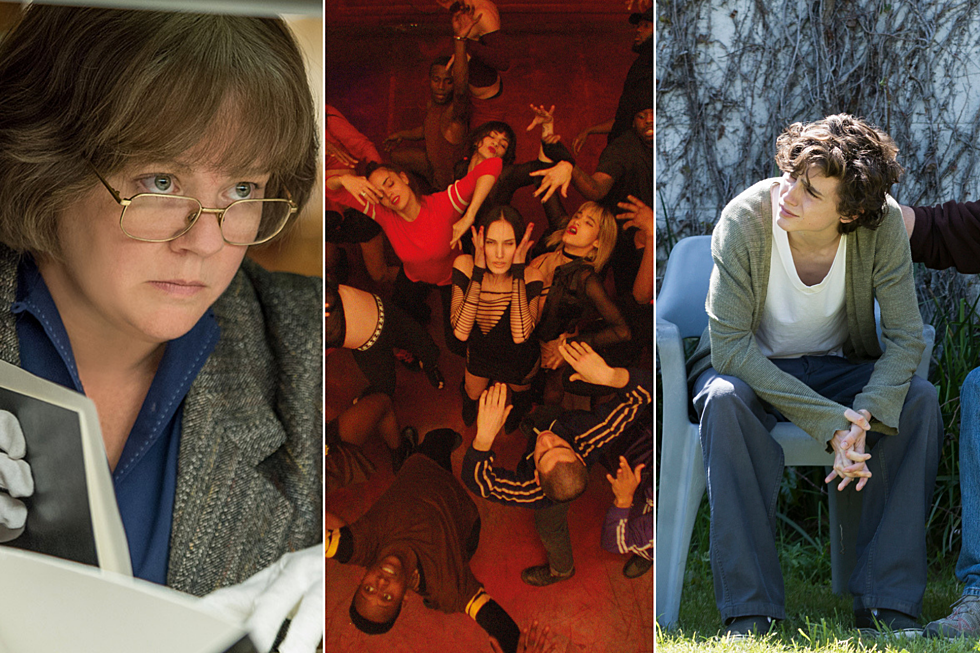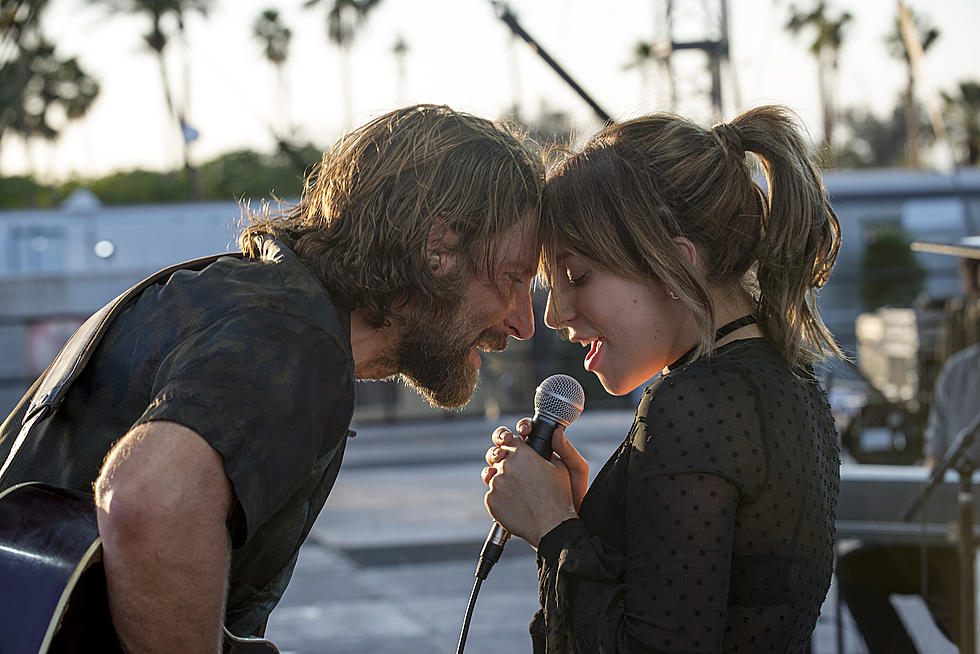
It’s Time to Stop Applauding Biopics With This Horrible Cliché
It starts with a single person. And a clap. Then another person does it. Then another. And another. The clapping gets faster. More enthusiastic. Suddenly everyone is clapping. It’s a standing ovation.
And it is killing the biographical film.
It wasn’t always like this. For decades, it was never assumed that if you make a movie about a real-life figure, it had to end with that figure receiving a standing ovation. Raging Bull didn’t conclude with Robert De Niro’s Jake La Motta celebrated by a nightclub audience. The last scene in Lawrence of Arabia isn’t a bunch of British people applauding T.E. Lawrence for his efforts in the Middle East. It happened sometimes, but it wasn’t a rule.
Now, it’s genuinely surprising when a film based on true events in the life of a unique individual doesn’t end with people literally cheering them on. The most tired version of this cliché: The screenplay engineers a reason for the main character to give a speech to an audience. At the end of the speech, the place erupts. The music swells, and (usually after one more quiet wrap-up scene) the credits roll. A few examples:
At the Toronto Film Festival last week, I saw five biopics. Four of them ended with a standing ovation. In a few cases, the applause was at least organically motivated within the plot; it’s not out of left field, for example, when the huge tennis match at the end of Battle of the Sexes results in a bunch of people cheering for the winner. But in other cases, the standing ovation was not only calculated but unjustified. One biopic I saw (which I shall keep nameless for spoiler reasons) ends with the title character giving a rousing speech to an audience about the importance of their life’s work. Hooray! Oh but wait: The character gives this rousing speech while they’re dying, and throughout the film, their work has made them a target of censorship watchdogs. So they’re a cultural pariah and a celebrated thinker at the same time? It feels like a false upbeat note grafted onto a downer ending to keep audiences from getting too depressed.
The one exception to this rule, the only biopic I saw at TIFF that didn’t end with a standing ovation, was Molly’s Game, Aaron Sorkin’s adaptation of Molly Bloom’s memoir about her rise and fall in the world of underground poker. Before we give Sorkin too much credit for bucking convention, though, it’s worth noting that his previous screenplay, Steve Jobs, ended with one of the most egregious standing Os in recent film. Cry, Kate Winslet, cry! The financial demands of big-budget historical filmmaking compel you!
There is no more manipulative move in a biopic than this, or a lazier one. It tells the viewer they should feel inspired and gratified, rather than showing them something that actually makes them feel inspired and gratified. It’s the movie version of the APPLAUSE sign that flashes in the Ed Sullivan Theater when Stephen Colbert says Jessica Biel is on the show tonight. It’s Jeb Bush saying “please clap.” It’s a shameless attempt to stir an autonomic response in the viewer through peer pressure and coercion. “Look at all these people applauding! Isn’t this an amazing moment? You should probably applaud too!” At its worst, it’s a kind of emotional panhandling.
The standing ovation ending is most common in a certain kind of biographical film: One about a person whose great contributions to society were largely overlooked in their lifetime. Here the biopic performs a kind of historical oversight, finally honoring these heroes who went unrecognized for too long. In many cases, that is true. But in a subtle way, this trope also invites viewers to give themselves a pat on the back. By participating in the standing ovation (or at least succumbing to its false uplift) they can feel like they have helped correct a mistake made by ignorant people of the past. The self-congratulatory element is just as unearned as the phony sentiment that a human being can’t help but feel when they watch large crowds cheering and sobbing.
A few recent biopics have found ways to twist this cliché into something interesting. In 2014’s Kill the Messenger, the main character appears to get a career-validating standing ovation, only for the movie to reveal a few moments later that the entire thing is a figment of his imagination, reflecting the gap between his self-image and reality. Otherwise, the rise of this extremely formulaic ending flies in the face of why you make a biopic in the first place. The subjects for these movies are chosen specifically because they led unconventional lives; they did incredible things and changed the world. Why honor them in the most conventional way?
Too many of these films are cinematically timid, and choose to leave their audiences with a hollow note of triumph even if they have to manufacture one out of a much bleaker real story. The best way to celebrate a trailblazer is to blaze a new path, not to rehash the same tired beats audiences have seen dozens of times. If an audience wants to give a movie a standing ovation on their own, that’s their prerogative. But the movie should earn that applause on its own merits.
More From ScreenCrush









